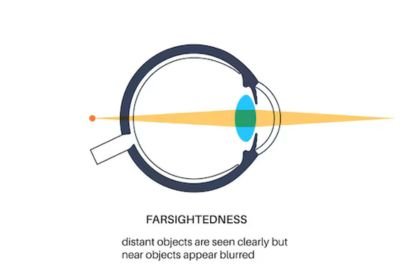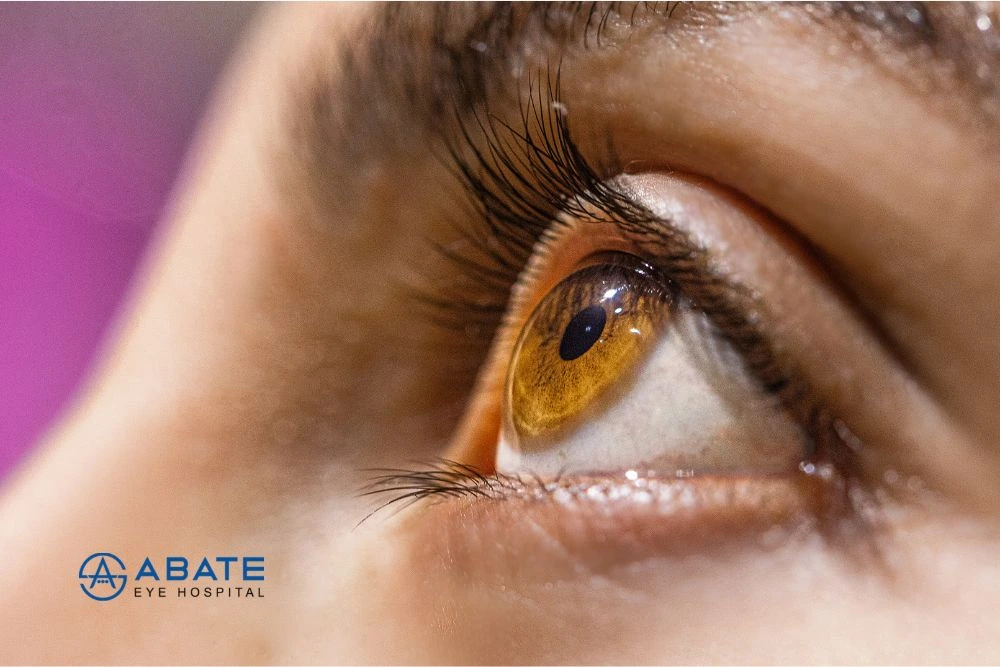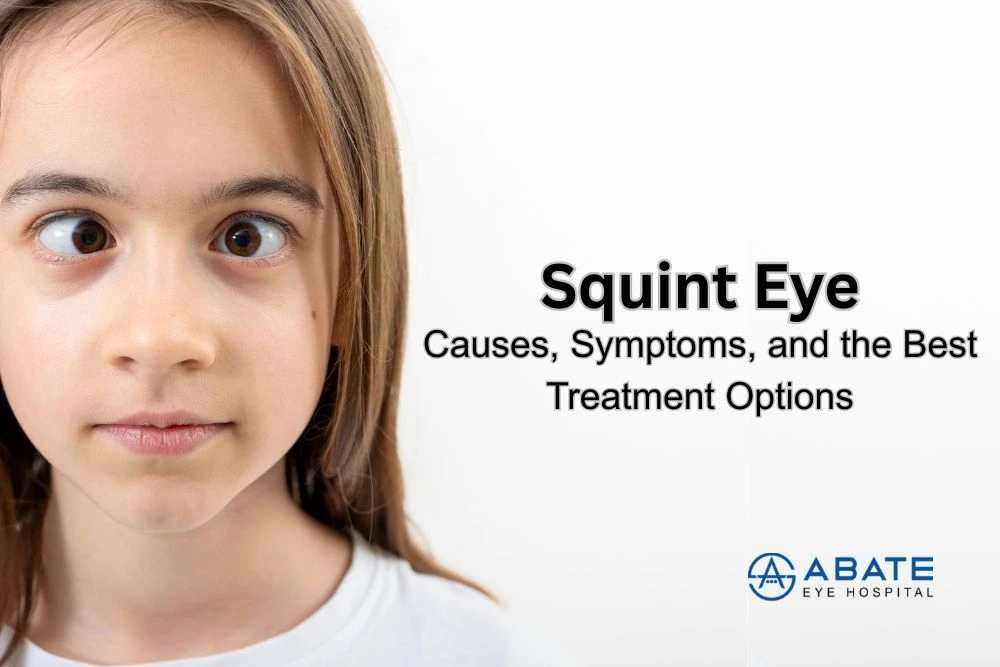Correcting Farsightedness: Causes, Symptoms, and Treatment Options

Farsightedness, often known as hyperopia, is a common visual impairment that can affect people of all ages. If you have this condition, far-away objects look clear, but things up close—like books, phones, or computer screens—can look blurry. This can lead to eye strain and make ordinary chores more difficult.
The good news? Farsightedness can be treated effectively, so you can enjoy clear, comfortable vision again.
What is Farsightedness?

When light enters your eye and focuses behind the retina rather than directly on it, you become farsighted. This can be caused by:
- The eyeball is shorter than normal
- The cornea is too flat.
- Problems with the eye’s natural lens
When this happens, your eyes have to work harder to see close objects clearly, but distant objects remain sharp.
Main Causes of Farsightedness
- Genetics – It often runs in families.
- Eye shape – A shorter eyeball length or a flat cornea can cause it.
- Aging – The natural lens becomes less flexible over time, making it harder to focus on near objects.
While many people are born with farsightedness, it can also develop or worsen as you get older.
Common Symptoms
You might have hyperopia if you notice:
- Blurry vision when reading or doing close-up work
- Eye strain or headaches after focusing for a while
- Squinting to see clearly
- Burning or tired eyes after visual tasks
It's recommended to get checked out by an eye doctor if you have these symptoms.
How Farsightedness is Diagnosed
An ophthalmologist or optometrist will examine your eyes using:
- Vision test – Reading letters on a chart
- Retinoscopy – Checking how light reflects from your eye
- Refraction test – Finding your exact prescription for glasses or contacts
Treatment Options for Farsightedness
Depending on your demands and lifestyle, there are various methods for correcting hyperopia.
1. Glasses
The simplest solution—glasses with convex lenses bend light so it focuses properly on the retina, making close vision clear.
2. Contact Lenses
Contacts work like glasses but sit directly on the eye, giving a wider field of vision. You can choose daily, monthly, or extended-wear lenses.
3. Laser Eye Surgery
Surgical options reshape the cornea so light focuses correctly:
- LASIK – Rapid, painless corneal reshaping with a laser
- PRK – Reshapes the surface layer of the cornea
LASEK – Similar to PRK but with a different technique
The need for glasses or contact lenses may be reduced or even eliminated with these procedures. You can choose PRK, LASEK, or LASIK eye surgery in Chennai, Malappuram, Kannur, and Kozhikode at Abate Hospital.
4. Lens Implant Surgery
For severe cases, an artificial lens (IOL) can be placed inside the eye to permanently correct vision.
Eye Care Tips for Farsightedness
Even with treatment, keeping your eyes healthy is important:
- Observe the 20-20-20 rule: spend 20 seconds staring at something 20 feet away every 20 minutes.
- Eat foods rich in vitamin A, lutein, and omega-3s
- Protect your eyes from UV rays with sunglasses
- Have regular eye exams to monitor changes
When to See a Doctor
Make an appointment if you:
- Have sudden vision changes
- Get frequent headaches or eye strain
- Find it harder to focus on near objects
Early intervention helps you stay pain-free and maintain good eyesight. At Abate Eye Hospital, you will get the best eye doctors in Chennai and Kerala.
Is Farsightedness Easy to Manage?
Farsightedness is easy to manage with the right treatment—whether it’s glasses, contacts, or advanced surgery. Choosing the optimal option for your eyesight and lifestyle requires collaboration with an eye care specialist.
Clear sight isn’t just about seeing—it’s about living your life without visual limits.


